| Of all the branches of men in the
Forces, there is none which shows more devotion and faces grimmer perils than the submariner. Great deeds are done in the air and on the land; nevertheless, nothing surpasses your exploits. Winston Churchill. "Only in attack does a submarine reveal herself, before creeping away to the concealment of the deep" British Submarine HMS Graph (Formerly U-570) Report on U570 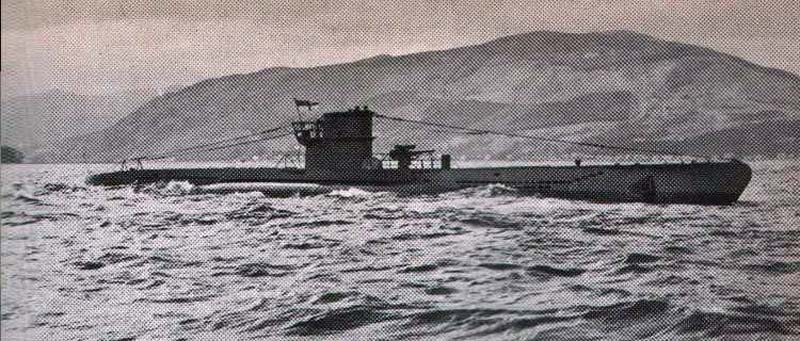 The U 570 captured 1941 and re commissioned as HMS Graph |
 Surrender |
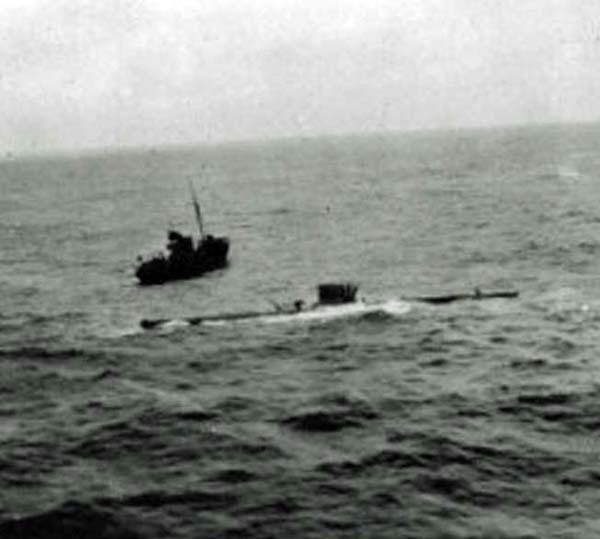 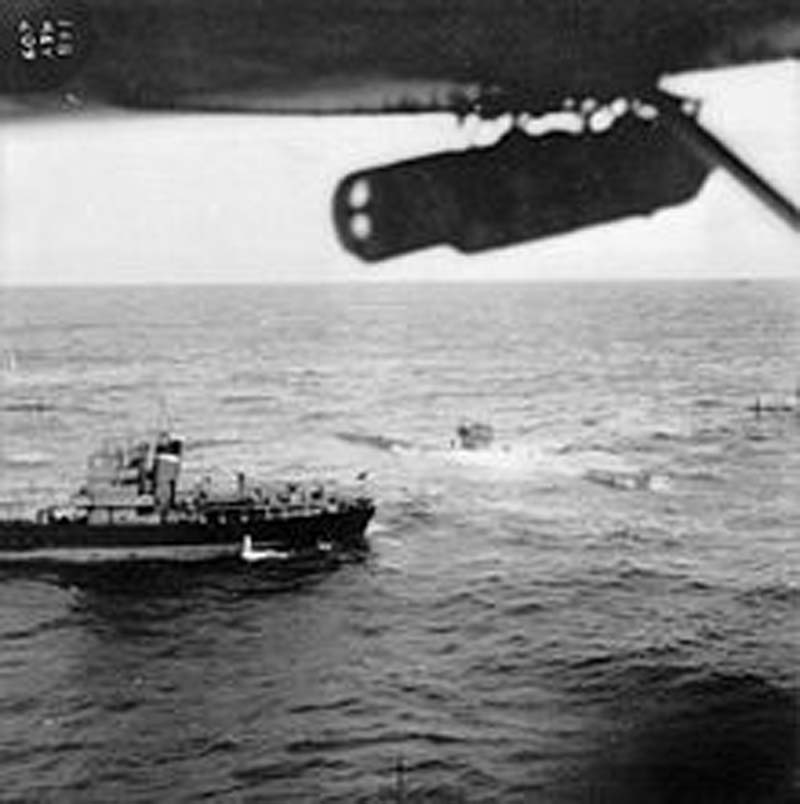 |
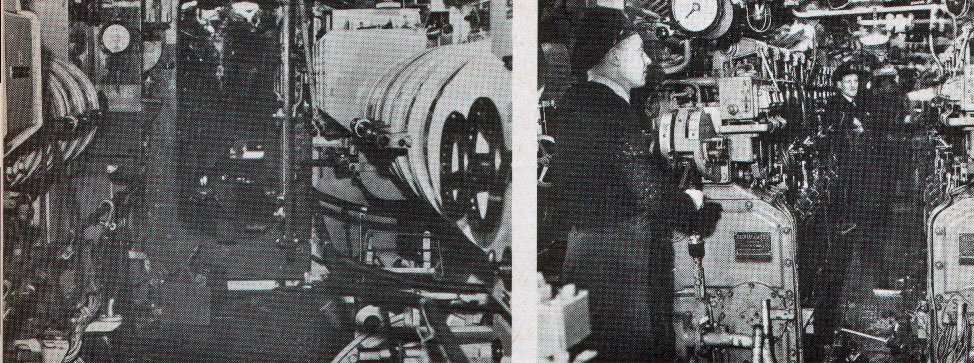 |
|
(L) The electric motor room of HMS Graph (Ex U-570)
looking towards the diesel engine room and (R) The engine room. German plates are still mounted on the engines, stating Blohm & Voss. Built in Hamburg in 1940 and commissioned in May 1941. Captured on 27 August 1941 just south of Iceland after being damaged by a Hudson. All 44 crew saved. After running aground off Islay on 20 March 1944, Graph was decommissioned and eventually scrapped in 1961. As a U Boat U-570 had a zero strike record. |
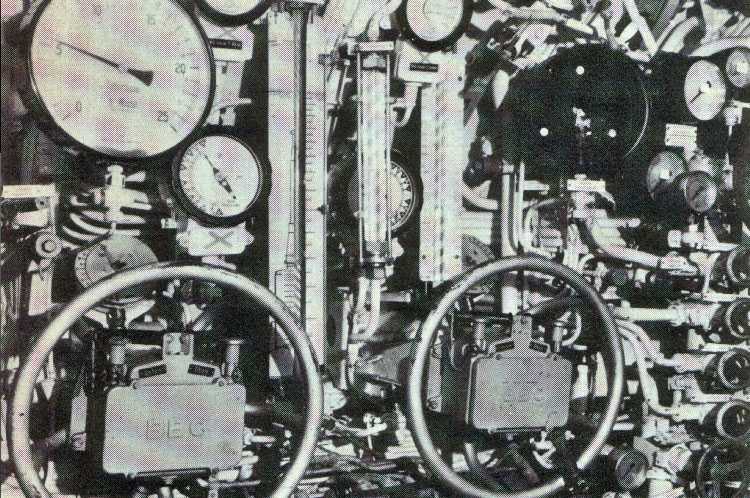 |
|
The control room, a mass of dials, the hydrophones, as seen operated below this image |
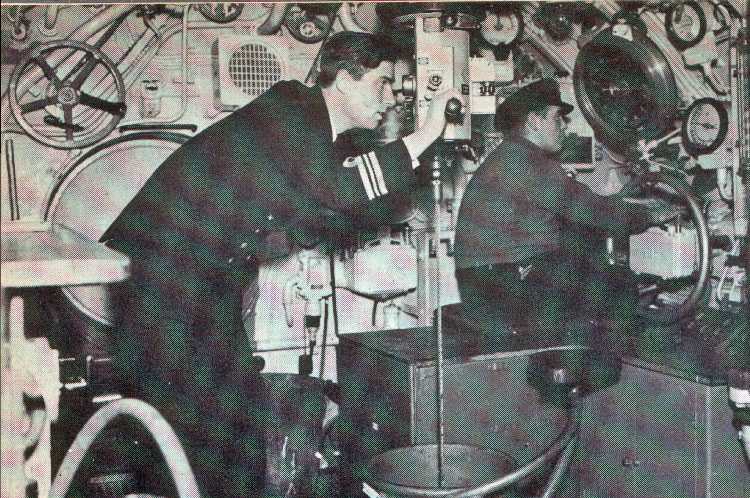 |
|
Control Room of HMS Graph. Hydrophone operator is on the right |
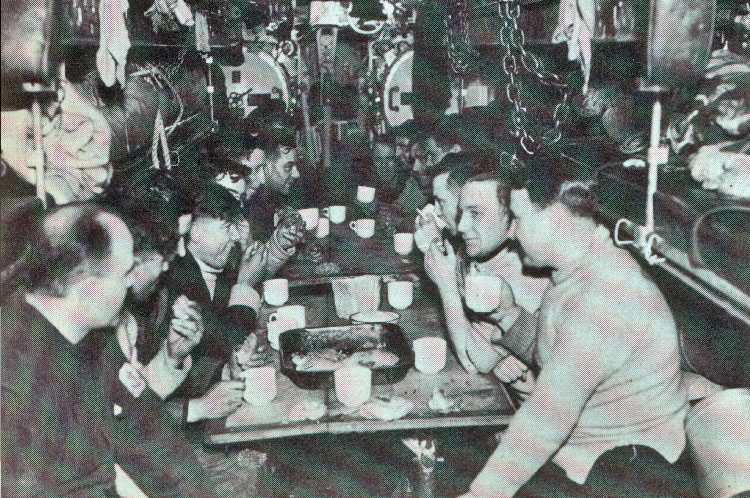 |
|
Forward Torpedo Compartment * See email below |
| The KING has been graciously pleased to approve the following awards in recognition of gallantry displayed in flying operations against the enemy: — Distinguished Flying Cross to Acting Squadron Leader James Herbert Thompson (70671) Reserve of Air Force Officers, No. 269 Squadron and Flying Officer William John Oswald Coleman (42395), No. 269 Squadron |
|
So read the citation from the King of England to two men with the Royal Air Force for their action, on August 27, 1941. Given the wartime conditions, a more precise description of the events was carefully omitted from the award. What happened is nothing short of a miracle — it is the one and only time in history that an airplane has captured a submarine at war. Taken from the following web site: http://fly.historicwings.com/2012/08/269-squadron-captures-the-u-570/ |
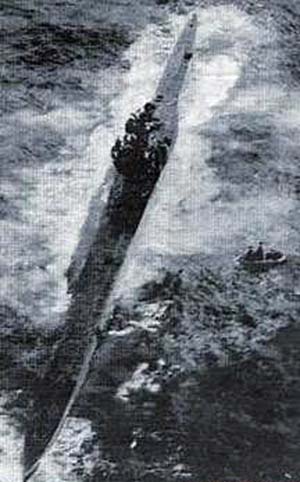 Boarding Party from trawler |
|
Adolf Hitler thought U-570 was the most dangerous submarine in the world, he never expected a Barrow man to use it against him. That man was Albert Cheale, who at his death in 1990 was Barrow's oldest submariner and proud holder of eight medals - including the Distinguished Service Medal. Albert Cheale DSM was chief signalman aboard the U-570 - by then captured and renamed HMS Graph by the British. In a letter kept by his widow Sarah, 78, of Ainslie Street, Mr Cheale described his most dangerous mission against a pair of destroyers in the icy seas off Norway just after Christmas 1942. He said: "A German cruiser slid out of the shadows at 15,000 yards. Unfortunately, before we could get in an attack it had entered Alten Fjord at speed. "We waited, and as the moon came up two German destroyers appeared. "We fired four torpedoes at them and turned away to the tune of violent explosions. "The next day our aircraft reported sighting two large oil slicks in that position." Albert Cheale was one of life's survivors - a brave man in a battle, but lucky enough to avoid the tragedies which later struck submarines he served on, such as Resolution and Narwald. His luck only ran out when it came to getting a break from the fighting. As a chief signalman with a knowledge of German he was always in demand and last in line for any leave.
Between 1939 and 1945 he was in Barrow with his family for all too brief spells. She said: "We used to write to each other every day, hear nothing for ages and then get a stack of post all at once. "Once the Japanese depth-charged his submarine. It hit the bottom and managed to reach Australia. "I got a telegram saying he was missing and never heard another word for 12 months. "I was expecting my third child and did not know if he was alive or dead." Mr Cheale did survive the war and left the navy in 1950 after 26 years - 15 of those years in the dangerous world of submarines. In later life he worked at the shipyard, ran the Union Hotel in Ulverston, and the Derby Hotel in Barrow. He died, aged 79, and was given a full naval funeral. Mrs Cheale said: "On the submarines they lived in squalor. "At the start of a mission they would walk doubled-up on the top of food boxes. When they could walk straight it was only because they were running out of food." Washing was a rare luxury and Mr Cheale would return home with a beard and moustache and clothes, which had to be boiled and bleached to get them clean. "I never saw much of him during the war but I had one of the best husbands going," she said. Mr Cheale was awarded eight medals for his naval service. His Distinguished Service Medal was one of just 7,000 issued during the Second World War. He also had a long service and good conduct medal, South Atlantic, Africa and Burma Stars and the War Medal. Ironically he lived a few doors down Ainslie Street from First World War veteran and Military Medal holder George Hudson. Can any street have a better record of bravery? The Distinguished Service Medal was presented at Buckingham Palace in 1943 where Mrs Cheale was a guest and recalls seeing the present Queen, then Princess Elizabeth, in her military uniform. by Bill Myers (North-West Evening Mail). The remainder of this article can be found on the RN Subs link below. |
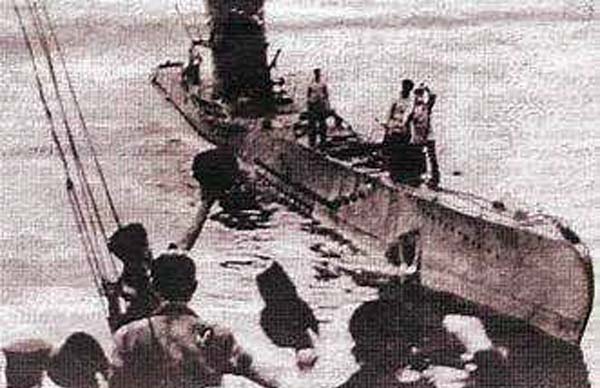 Arriving in Barrow |
| Email: 05 February 2014. Have just belatedly looked at your site re H.M.S. Graph.You may be interested to know that my father was a member of the crew that took over this U boat after its capture as you describe. He was a Leading Torpedo Man having served in the 1st World war first on the cruiser Triumph sunk during the Gallipoli expedition; then on a destroyer in the battle of Jutland. He then joined the Submarine Service until 1923 when he continued in the Fleet Reserve until the 2nd. world war where he served until its end. He is in the photograph of the forward torpedo compartment, last but one on the left . Raymond May. |
